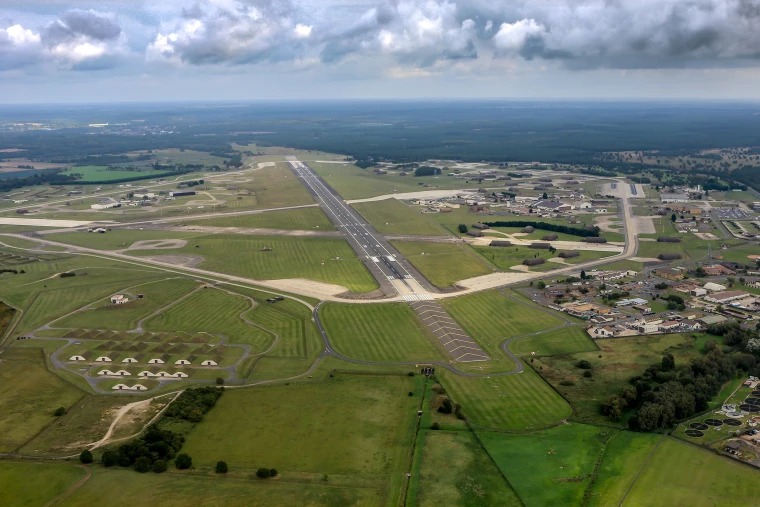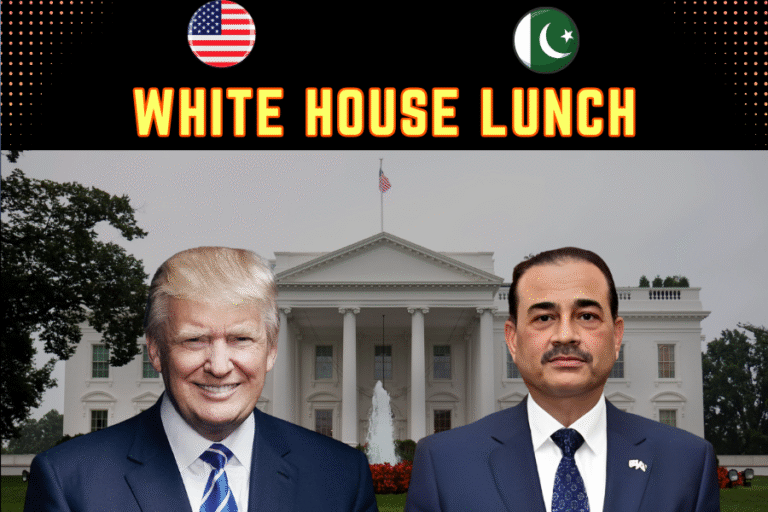(Khalid Masood)
On June 14, 2025, Washington, D.C., pulsed with patriotic fervor as the United States commemorated the 250th anniversary of the U.S. Army’s founding. Established by the Second Continental Congress on June 14, 1775, the Army—born as the Continental Army—has stood as the nation’s “sword and shield,” defending liberty through centuries of valor and sacrifice. The day’s festivities, marked by a grand military parade, a festival on the National Mall, and a stirring speech by President Donald J. Trump, celebrated the Army’s storied legacy while igniting debates over cost, optics, and politicization. Coinciding with Trump’s 79th birthday and Flag Day, the event wove together military pride, national identity, and contemporary tensions, offering a vivid tableau of America’s past and present. This article chronicles the celebrations, explores the Army’s historical and cultural significance, and reflects on the event’s broader resonance.
The Birth of a Nation’s Army
The U.S. Army traces its origins to a pivotal moment in America’s quest for independence. On June 14, 1775, the Second Continental Congress, reeling from the bloodshed at Lexington and Concord, resolved to form the Continental Army, uniting colonial militias into a cohesive force to resist British tyranny. The resolution called for “six companies of expert riflemen” from Pennsylvania, Maryland, and Virginia, a modest start for what would become a global military titan. George Washington, appointed Commander-in-Chief the next day, rallied this “ragtag army” of farmers and frontiersmen, forging unity under the motto “This We’ll Defend.” From Trenton’s icy crossings to Yorktown’s decisive victory, the Army secured America’s freedom, setting a legacy of resilience that endures.

The Army’s evolution mirrors America’s own. It preserved the Union at Gettysburg, stormed Normandy’s beaches, and held fast in Korea and Vietnam. Today, with 1.4 million soldiers across active, Reserve, and National Guard components, it remains the world’s preeminent land force, wielding cutting-edge technologies like hypersonic missiles and cyber warfare tools. Its traditions—rooted in honor, duty, and the Soldier’s Creed—bind generations, from Revolutionary War drummer boys to modern Rangers. The 250th anniversary, part of the U.S. Semiquincentennial buildup to 2026, offered a moment to honor this legacy, drawing thousands to D.C. to witness a spectacle of military might and national pride.
A Spectacle of Strength: The Grand Military Parade
The centerpiece of the June 14 celebrations was a massive military parade along Constitution Avenue, a display of 6,600 soldiers, 150 vehicles, 50 aircraft, and a dog named Doc Holliday, a Blue Heeler from Fort Cavazos’ 1st Cavalry Division. Starting at 6:00 p.m.—shifted early to dodge rain—the procession traced a route from the Pentagon to the National Mall, with M1A2 Abrams tanks, Stryker vehicles, and Bradley fighting units rolling past cheering crowds. Overhead, UH-60 Black Hawks, CH-47 Chinooks, and historic P-51 Mustangs soared, while the Golden Knights parachute team landed near the White House, presenting President Trump with a folded flag. Reenactors in period uniforms, from Revolutionary War tricornes to Desert Storm fatigues, traced the Army’s history, evoking battles from Saratoga to Fallujah.
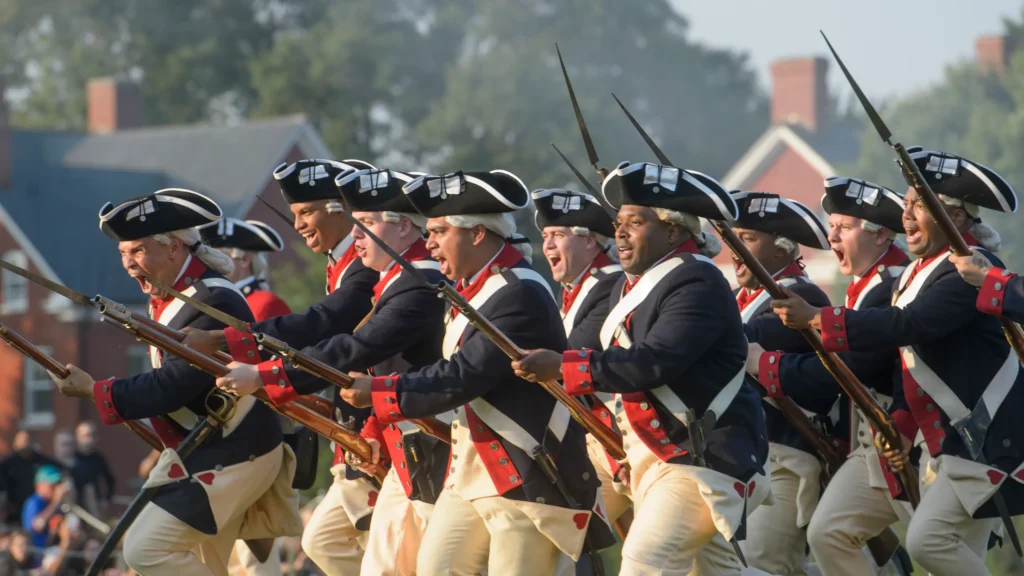
The parade, costing $25-$45 million, showcased the Army’s modern capabilities while honoring its past. Seven bands played martial tunes, and 25 horses and two mules from the 3rd U.S. Infantry Regiment’s Caisson Platoon added ceremonial flair, a nod to the Army’s equestrian heritage. A 21-gun salute greeted Trump and First Lady Melania Trump, joined by Vice President JD Vance and Defense Secretary Pete Hegseth, as spectators chanted “USA” and sang “Happy Birthday” to the president. The evening culminated in a concert at the Ellipse and a dazzling fireworks display at 9:45 p.m., painting the sky above the Lincoln Memorial. For many, the parade embodied the Army’s motto, “This We’ll Defend,” a testament to its unyielding service.
The National Mall Festival: A Day of Engagement
From 11 a.m. to 6 p.m., the National Mall hosted the “Army’s 250th Birthday Festival,” a vibrant celebration of military culture and public outreach. Fitness competitions showcased soldiers’ prowess, while static displays of M4 Sherman tanks, Cobra helicopters, and cyber warfare units drew crowds. NFL players mingled with attendees, and Col. Anne McClain, an Army astronaut, sent greetings from the International Space Station, symbolizing the Army’s reach beyond Earth. The festival, free to the public, aimed to inspire youth, with America 250’s art and essay contests for students fostering patriotism. A wreath-laying at Arlington National Cemetery honored fallen soldiers, grounding the day in solemn remembrance.
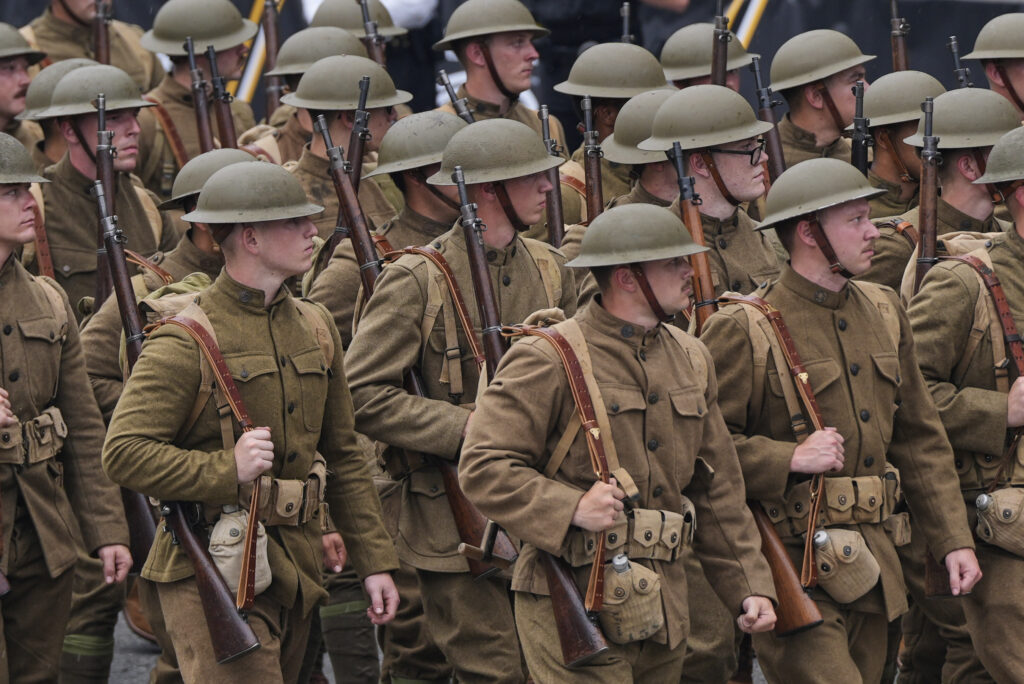
The festival reflected the Army’s commitment to community engagement, a tradition rooted in its citizen-soldier ethos. From Revolutionary War taverns to modern recruiting drives, the Army has always drawn strength from the people it serves. Interactive exhibits, like virtual reality simulators, highlighted its technological edge, while reenactments of Lexington and Concord battles connected visitors to 1775’s fervor. For families like the Gold Star attendees, the event was a poignant tribute, reinforcing the Army’s pledge to “never leave a fallen comrade.” Despite logistical challenges—security fencing and street closures—the festival drew an estimated 200,000, rivaling the 1991 Gulf War parade’s turnout.
President Trump’s Speech: A Call to Valor
President Trump’s remarks, delivered at the parade’s close, were a clarion call to honor the Army’s legacy while championing his administration’s military reforms. Quoting the 1775 resolution, he traced the Army’s journey from “farmers and blacksmiths” to a “dominant force” that won at Gettysburg, Normandy, and beyond. Trump touted his policies—eradicating DEI initiatives, updating transgender medical standards, reinstating vaccine-refusing soldiers, and boosting recruitment to 85% of 2025 goals—as ensuring the Army’s lethality. “We pay tribute to every legend of liberty who sacrificed their life to keep America safe,” he declared, vowing that “our sacred birthright of freedom will never die.”

The speech, infused with Trump’s “America First” ethos, resonated with supporters but drew criticism for its timing on his 79th birthday. Critics, like Sen. Richard Blumenthal, argued it conflated military honor with personal celebration, echoing concerns over a 2018 parade plan shelved for cost and optics. Trump’s invocation of “peace through strength” and historical victories, however, aligned with Army traditions of celebrating battlefield triumphs, from Yorktown’s surrender to Desert Storm’s rout. His brief Fort Liberty speech on June 10, praising the Army as the “greatest fighting force,” set the tone, amplified by X posts from the White House and Pentagon.
Controversies and Criticisms
The parade’s grandeur sparked bipartisan backlash, centered on its $25-$45 million price tag—$16 million for potential street damage—and perceived politicization. Sen. Tammy Duckworth, an Iraq War veteran, called it a “$30 million birthday parade” for Trump’s ego, while Sen. Rand Paul likened it to “goose-stepping” displays in authoritarian regimes. Only seven of 50 Republican lawmakers attended, with House and Senate Armed Services Committee chairs absent, signaling unease. Veterans groups, like the Vietnam Veterans of America’s Northern Virginia chapter, refused to participate, citing discomfort with the birthday overlap. Progressive “No Kings” protests, spanning 1,500 cities, decried the event as a “martial spectacle” akin to Soviet displays.
A diplomatic misunderstanding further clouded the event, as Indian and Pakistani media falsely reported that Pakistan’s Chief of Army Staff, Field Marshal Syed Asim Munir, was invited to the parade. The rumors, sparked by unverified claims on June 11, 2025, suggested FM Munir would meet U.S. officials, prompting protests by Pakistan’s Tehreek-e-Insaf diaspora in Washington and criticism from India’s Congress party. The White House swiftly denied the invitation, stating, “No foreign military leaders were invited,” clarifying the parade’s domestic focus and quashing speculation fueled by India-Pakistan tensions post-Operation Sindoor.
Defenders, including Defense Secretary Pete Hegseth, argued the parade honored soldiers, not politics, noting two years of planning predated Trump’s re-election. The Army took precautions, laying metal plates to protect D.C. streets, a lesson from 2019’s Fourth of July tank display. Public sentiment was mixed: an AP-NORC poll found 60% viewed the cost as wasteful, but 78% neither approved nor disapproved, suggesting ambivalence. Veterans like Doug Haynes, who attended the festival, called the parade “bold” but “over the top,” reflecting the divide. The controversy underscored the Army’s apolitical tradition, strained by its role in a polarized era.
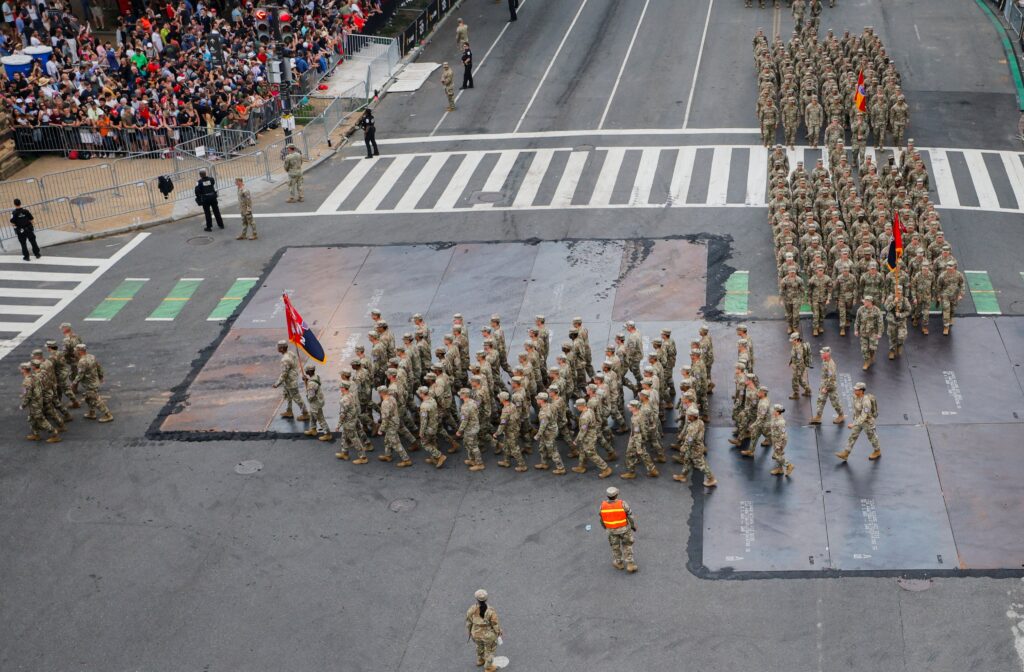
Cultural and Historical Resonance
The 250th anniversary celebrations tapped deep into U.S. Army culture, where traditions like the Army Birthday Cake Cutting—led by the oldest and youngest soldiers—symbolize continuity. The parade’s historical reenactments, from Revolutionary War fifes to Vietnam-era Hueys, mirrored the Army’s “Twilight Tattoo” ceremonies, which blend pageantry with storytelling. The inclusion of Doc Holliday, a mascot of the 1st Cavalry, evoked the Army’s love for unit mascots, from Sergeant Stubby in WWI to modern working dogs. These elements reinforced the Army’s identity as a “band of brothers and sisters,” united by shared sacrifice and pride in service.
Historically, the event echoed past victory parades, like 1865’s Grand Review of the Armies and 1991’s Gulf War celebration, but its peacetime setting was rare. Military historian Joshua Zeitz noted that parades under Kennedy and Eisenhower were smaller, tied to by inaugurations, making 1925’s scale unprecedented since 1991. The Army’s focus, excluding Navy and Marine 250th anniversaries, reflected Trump’s vision but risked overshadowing joint-service unity, a hallmark of modern operations. For soldiers, the parade was a morale boost, showcasing their readiness amid global tensions, from Ukraine to the Indo-Pacific.
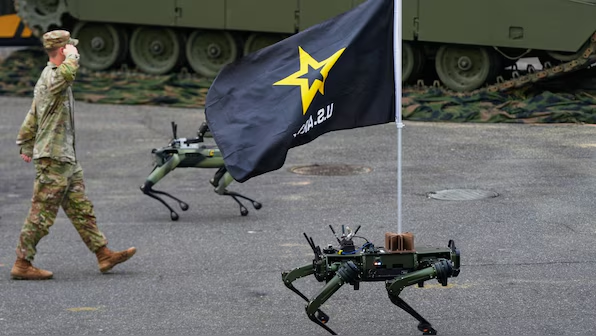
Broader Implications: Army and Nation at 250
The celebrations underscored the Army’s role as America’s guardian, from 1775’s minutemen to 2025’s cyber warriors. Trump’s Task Force 250, launched in January 2024, frames the event as a prelude to the nation’s 250th anniversary in 2026, emphasizing “national renewal” akin to the 1976 Bicentennial. Recruitment gains, fueled by pay raises and restored stockpiles, signal a revitalized force, though budget cuts to veterans’ services to Veterans Affairs, flagged by critics, cast a shadow. The parade’s global message—“peace through strength”—aimed to deter adversaries, aligning with Army doctrine of overwhelming force, as seen in Desert Storm and Iraq. For the nation, the event was a mirror to its divisions. Supporters saw it as a rightful tribute to soldiers; detractors, a costly distraction from domestic woes. The Army, bound by its oath to the Constitution, navigated this tension, reaffirming its apolitical stance. From a cultural lens, the celebrations reinforced American exceptionalism, a narrative championed by Trump’s speech amplified, but also sparked reflection on militarism’s place in a democracy. As the Army marches toward its next 250 years, the 2025 anniversary stands as a testament to its resilience, a call to service, and a reminder of the fragile unity it defends.





